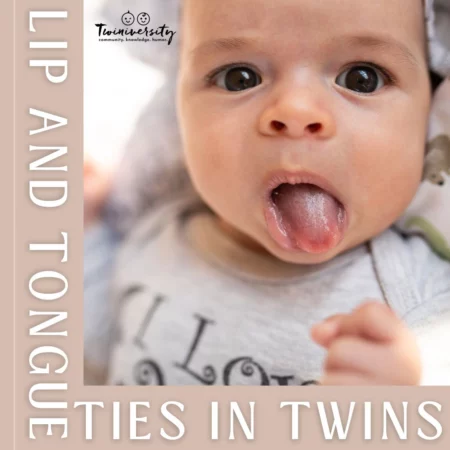Last updated on November 28th, 2023 at 05:06 pm
As the temperature rises kids start spending more time outdoors. More time at the park, more time in the pool, more time on their bike which also means- more time in the sun and a higher risk of skin damage. Just a few sunburns as a child can more than double the risk of developing skin cancer as an adult. What can you do to protect your kids from the sun? Follow these simple guidelines-
Avoid Mid-Day Sun
The sun’s UV rays between 10 AM and 4 PM are the strongest and most harmful. Plan your day’s activities so that your children can enjoy the outdoors early in the morning or in the evening.
Seek Shade
Make sure your kids main play area is in the shade. Consider the time when your children will be most likely to be playing outdoors and evaluate where the shade is when choosing a place to put a play set, a pool, or a sand box. If you don’t have trees to offer shade then consider a large an umbrella with UV protection.
Cover Up
Choose long sleeve shirts and long pants that covers your child’s skin when it is not unreasonable for them to be covered up.
Get a Hat
Choose a hat with a wide brim all the way around to protect your child’s face, ears and neck.
Wear Sunglasses
They protect your child’s eyes from UV rays, which can lead to cataracts later in life. Look for sunglasses that wrap around and block as close to 100% of both UVA and UVB rays as possible.
Use Sunscreen
Sunscreen filters out the harmful UV rays. It is recommended that an SPF 15+ protection be used every time your child goes outside all year round! Apply sunscreen generously 30 minutes before going outdoors. The areas most likely to burn are the face, ears and neck
so make sure those areas get covered well! Don’t forget to get
Use Lip Balm
A lip balm with an SPF factor as well! (Sunscreen should not be used on infants under 6 months of age. Make sure to fully protect infant’s skin from sun exposure in all other ways!)
REAPPLY Sunscreen
I am stressing the importance of this because applying sunscreen once and thinking you are to go for the day is not giving your children full protection. You need to reapply at least every 2 hours for continued protection. If there is water play or perspiration you may need to apply more often. This applies to “water-proof/resistant” sunscreens as well. Keep sunscreen handy at all times and set a timer so you know when to go indoors or reapply sunscreen.
Some Common Misconceptions
- “I am worried about how safe sunscreen is to put on my child’s skin.” “Despite recent claims about sunscreen safety, consumers should rest assured that sunscreen products, and specifically the ingredients oxybenzone and retinyl palmitate, are safe and effective when used as directed. Claims that these ingredients are unsafe are based on questionable science that is not properly reviewed by experts in the field of photomedicine”- The Skin Cancer Foundation – Published May 15, 2012
- “My children won’t be outdoors that long, we can skip the sunscreen.” Unprotected skin can be damaged in as little as 15 minutes!!
- “It is cloudy out so my children don’t need to use sunscreen.” You can still get sun damage even when it is cloudy. Clouds do not block harmful rays from damaging your children’s skin.
- “My child doesn’t burn easily, only gets a tan.” Tanned skin IS damaged skin! Any change in the color of your child’s skin after time outside indicates damage from UV rays.
- “My child is wearing sunscreen so he can be in the sun as much as he wants” Sunscreen is only one line of defense for protecting your child’s skin. Seeking shade and covering up are just as important since sunscreen cannot keep your child protected from ALL of the suns damaging rays.
- “My children naturally have dark skin so they don’t have to worry about sunburn/sun-damage.” This is far from the truth! Although dark skin is less likely to burn than light skin, dark-skin is still at risk for sun damage and skin cancers so protection is still necessary.
It’s up to you, the parent, to keep your children’s skin protected and teach them good habits for healthy skin. Apply all of these practices when it comes to your own skin to send a good message to your kids about how important protecting your skin is.
For More Information on How to Protect Your Families Skin From Sun Damage Visit These Websites:
To learn more about how to protect your family this summer read our recent post about the Risks of Heatstroke.








